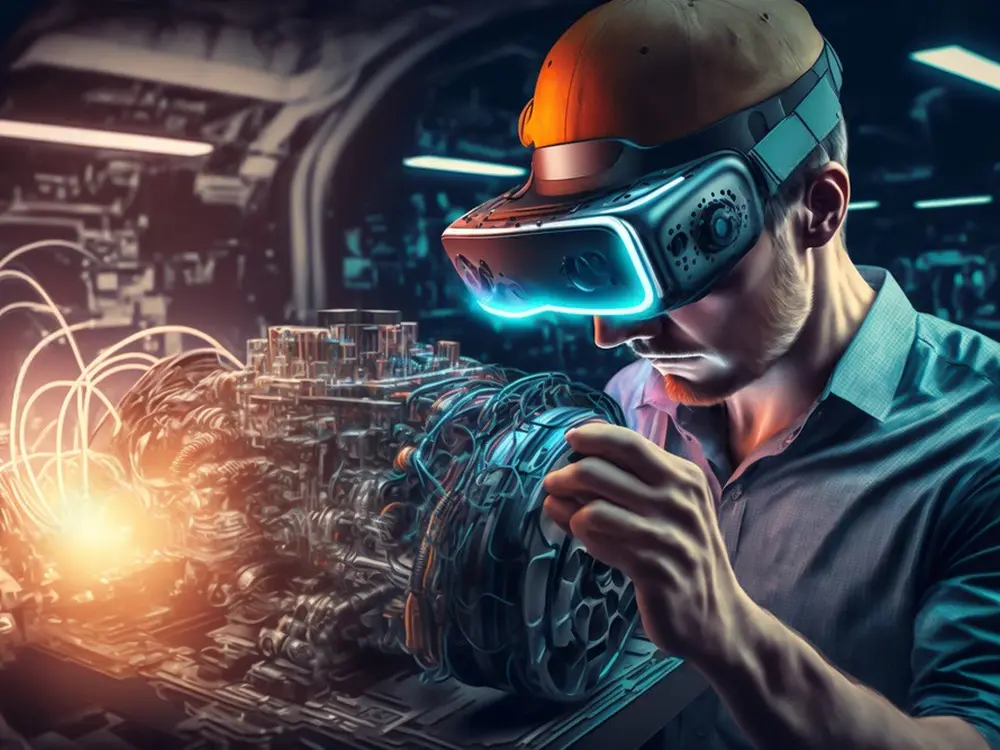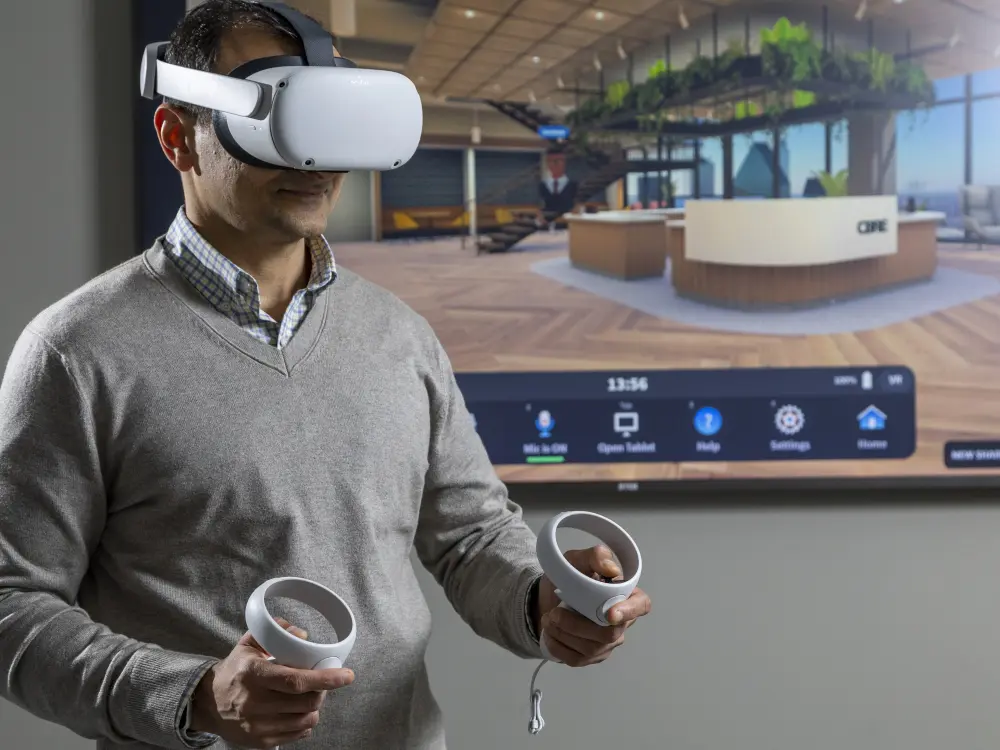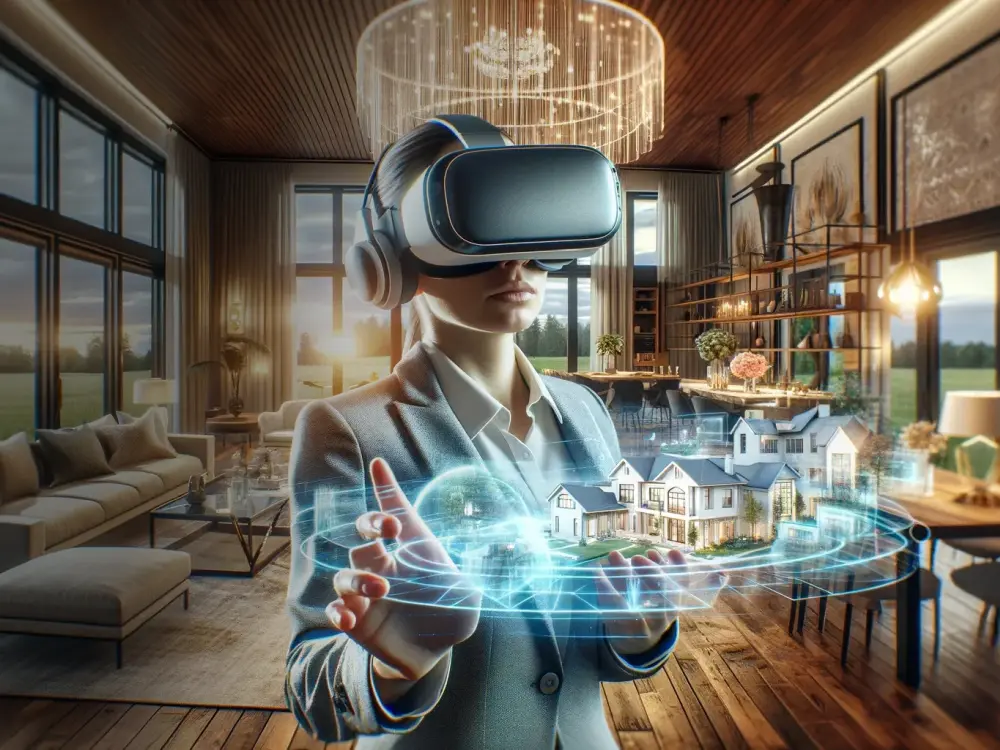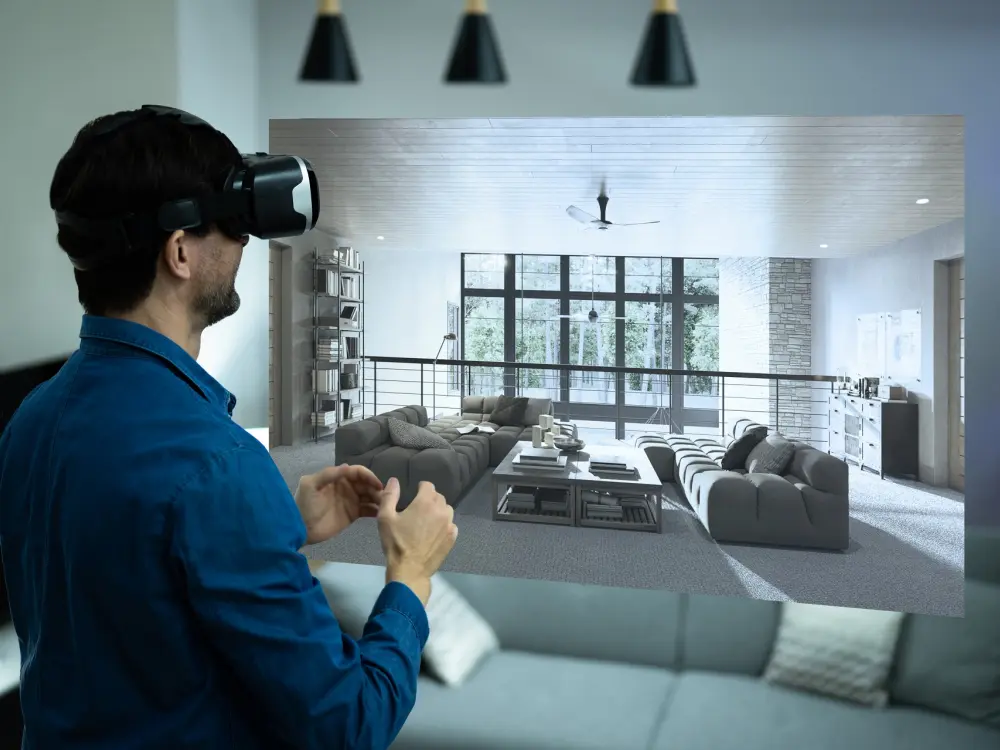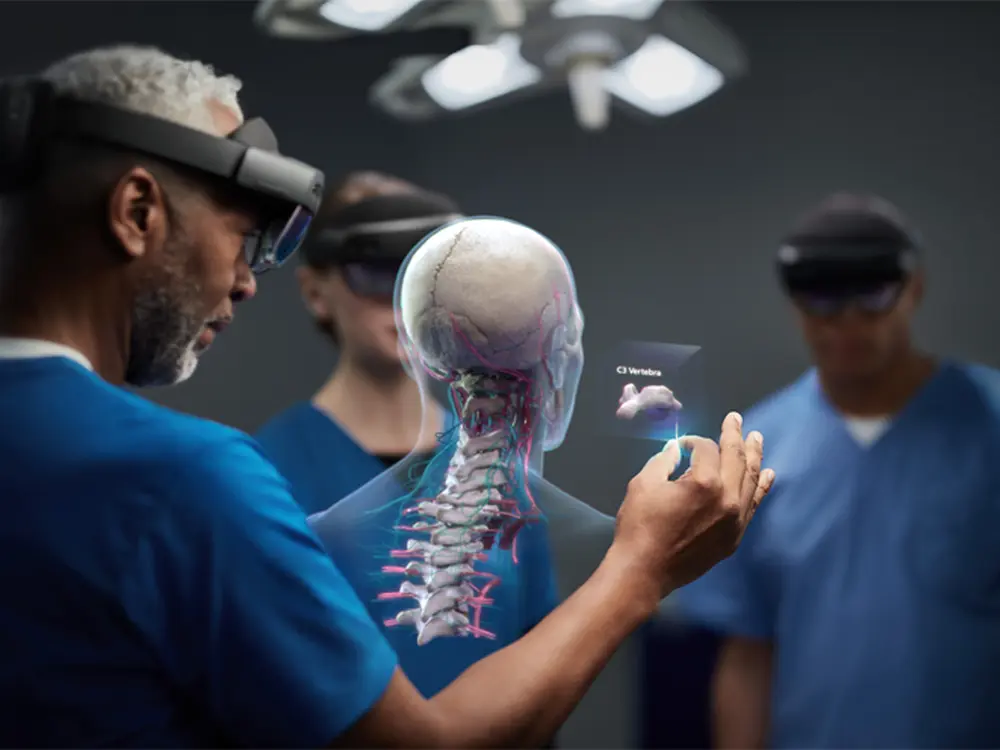In the fast-paced world of automotive manufacturing, precision and efficiency are paramount. The pressure to deliver flawless vehicles that meet stringent safety standards while also pushing the boundaries of innovation has never been greater. In this dynamic environment, traditional testing methods can sometimes fall short in terms of speed, cost-effectiveness, and accuracy. Enter 3D virtual testing—a revolutionary approach that is transforming the way automotive components are evaluated and optimized.
The Evolution of Automotive Testing
Historically, automotive testing involved physical prototypes subjected to rigorous real-world conditions on test tracks or in controlled environments. While this approach has yielded valuable insights, it is often time-consuming and expensive. Moreover, it may not fully capture the complexities of real-world scenarios, leading to potential design flaws or performance issues.
As technology has advanced, so too have testing methodologies. Virtual testing, powered by sophisticated computer simulations, has emerged as a game-changer in the automotive industry. By creating virtual prototypes and subjecting them to simulated conditions, engineers can conduct comprehensive assessments without the need for physical models.
Unleashing the Potential of 3D Virtual Testing
At the forefront of virtual testing is 3D modeling and simulation technology. By leveraging cutting-edge software platforms, automotive companies can create highly detailed virtual representations of their vehicles and components. These digital twins mimic the physical properties and behaviors of their real-world counterparts, allowing engineers to explore various design iterations and scenarios with unparalleled precision.
One of the primary advantages of 3D virtual testing is its versatility. Engineers can simulate a wide range of conditions, from extreme temperatures and road surfaces to collision scenarios and aerodynamic forces. This level of flexibility enables comprehensive testing across different stages of the design process, from concept development to final validation.
Accelerating Innovation and Time-to-Market
In addition to enhancing testing accuracy, 3D virtual testing offers significant time and cost savings. Unlike traditional testing methods that require the production of physical prototypes, virtual simulations can be conducted rapidly and iteratively. This accelerated pace enables automotive companies to streamline their development cycles and bring new products to market faster than ever before.
Furthermore, virtual testing empowers engineers to identify potential issues early in the design process, minimizing the need for costly redesigns and iterations down the line. By detecting problems sooner, companies can avoid delays and stay ahead of the competition in an increasingly competitive landscape.
Enhancing Collaboration and Knowledge Sharing
Another compelling aspect of 3D virtual testing is its ability to facilitate collaboration among multidisciplinary teams. With digital prototypes accessible to engineers, designers, analysts, and other stakeholders, communication barriers are reduced, and insights can be shared in real time. This collaborative environment fosters innovation and ensures that all aspects of a vehicle’s performance are thoroughly evaluated.
Moreover, virtual testing enables companies to capture valuable data throughout the development process. By analyzing simulation results and performance metrics, engineers can gain deeper insights into the behavior of automotive components and systems. This knowledge can then be leveraged to drive continuous improvement and innovation across the organization.
The Road Ahead
As technology continues to evolve, the potential of 3D virtual testing in the automotive industry is only beginning to be realized. With advancements in artificial intelligence, cloud computing, and virtual reality, the capabilities of virtual testing platforms will continue to expand, enabling even more sophisticated simulations and analyses.
In conclusion, 3D virtual testing represents a paradigm shift in automotive design and validation. By harnessing the power of digital twins and simulation technology, companies can accelerate innovation, improve testing accuracy, and optimize their products for performance and safety. As the automotive industry embraces this transformative approach, the possibilities for future advancements are limitless.

